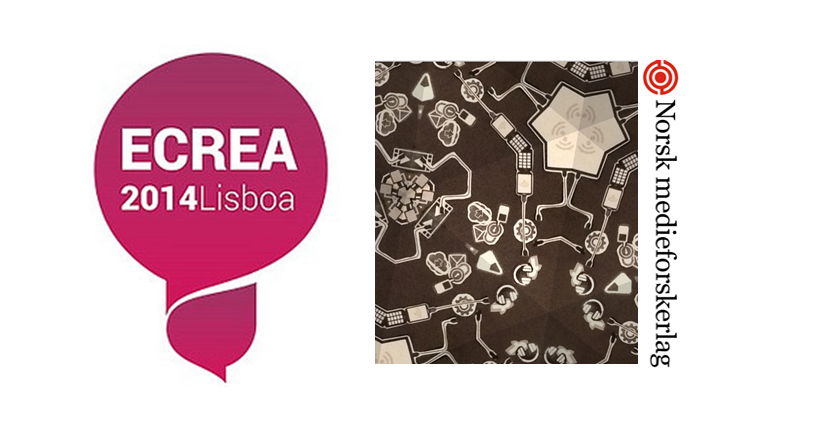MONC-forskere til konferanser

MONC-forskerene Hallvard Moe, Helle Sjøvaag og Eirik Stavelin presenterer fersk forskning både innenlands og utenlands denne høsten. De kommer til å snakke om funn gjort i forbindelse med NRK-prosjektet på to konferanser:
- ECREA (European Communication Research and Education Association) som arrangerer konferanse fra den 12. til den 15. november i Lisboa, Portugal. Les mer om konferansen her.
- Medieforskerkonferansen 2014, som finner sted 23.-24. oktober i Trondheim. Les mer om konferansen her.
Temaet for presentasjonene er endringer i allmennkringkasteren NRKs nyhetsdekning på nett. Les hele utdraget fra paperet under:
The Transformation of Public Service News on the Web:
A longitudinal large-scale content analysis of the Norwegian Broadcasting Corporation’s online news
Our understanding of online news faces several challenges. First, the object of study is amorphous and hard to pin down. Second, we lack data that can tell us how online news is changing over time. Third, we lack knowledge of online news produced by different news organizations in media systems outside the Anglo-American context. The present paper aims to fill research gaps in these three areas.
Based on an innovative methodological approach, the paper presents the results of a longitudinal quantitative content analysis of the online news provision of the Norwegian public service broadcaster NRK [the Norwegian Broadcasting Corporation]. Two sets of data compare the complete annual news outputs of the broadcaster on its online portal www.nrk.no in 2009 and 2013. The data comprises approximately 150.000 news items subjected to manual and computational coding to establish nrk.no’s news profile and use of interactive features such as user feedback, linking practices, audio and video, and social media. Results show that the introduction of a new database design and revised front-page editorial functions between 2009 and 2013 has reinforced the broadcasting identity of the organization, affirmed the content profile of its online news venture, and revised its engagement with users – hence securing the channel’s position in the online news market.
The analysis reveals two aspect of particular interest, the first of which is methodological in nature. The particular challenge in sampling, processing and comparing large quantities of data collected from different database designs at considerably distant points in time (change is rapid on the web, and four years is a long time when analyzing online news) reveals the fruitfulness in mixing computational methods with traditional content analysis to safeguard the analytical design. Findings indicate that strategic front-page editorial functions have moved production in a more competitive direction towards securing the broadcaster’s position in the news market, and that interactive features have been increased to answer provisions stipulated in the channel’s public service charter. These are results that would otherwise be lost without computational power.
Secondly, analyzing the news output of a strong European public service broadcaster over time adds valuable empirical evidence to debates about the role and function of such institutions in a digital news market context. Scrutinizing the characteristics of NRK’s output enables discussions as to how and to what extent public service news online stands out, and along which lines it needs to improve or change. In sum, the paper offers new insights into the nature of online news as offered by a large, traditional media institution, based on a longitudinal comparison. These insights are key to any discussion of online journalism, as well as the future of public service broadcasting and European media policy.